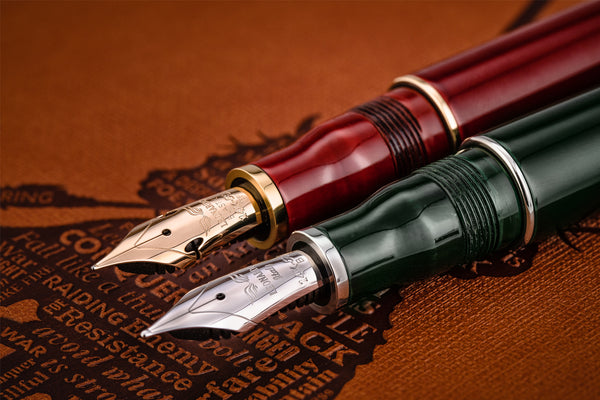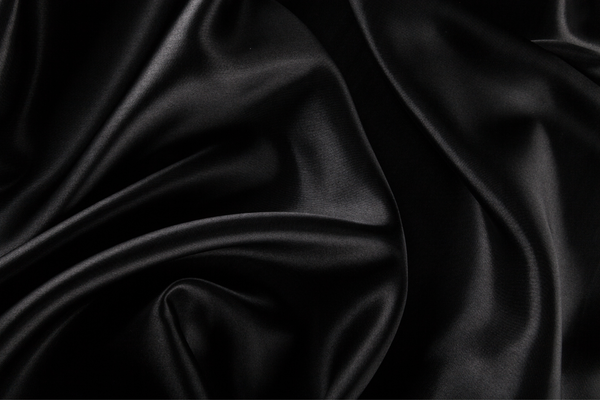
Urushi technique on our fountain pens

Even if all of our urushi fountain pens are sold out, we thought to give you a little more insight about the work behind them and what Michal did to achieve those amazing colors.
So, we asked Michal to talk a bit about the technique he used, and here it is:
Tamenuri comes from the words ”tame” - lake/pond and ”nuri” - painting/lacquering. The technique always consists of two distinct layers - the middle one - pigmented urushi - solid color and the top layer - a transparent urushi, that is never colorless but with a faint amber, amber, brown shade, or after a special treatment - even black.

When you look at a lake, in the areas with shallow water you can see the bottom but in the deepwater areas you can't, you just see the darkness of the water, and this can change a lot depending on the amount of light.
A tamenuri is exactly the same - when the top layer is thin, you can see the underlying color better and when it's thicker, you can see the deep color of the top layer mostly. The thin layers are typical for pronounced areas like the edges and curves and it's because those areas are sanded a little bit more.
Both fountain pens are made in the same technique and have the same number of layers, the first one being the same for both pens: base. Being made of ebonite, they did not require elaborate base work as wood does and the goal of the base layers was to make sure the substrate is strong, smooth, and will not react to the lacquering later. Ebonite doesn't soak water so the goal was to make sure it's strong and the following layers will adhere without problems.
The fountain pens were prepared with sandpaper and 3 to 4 layers of raw urushi, then wiped off and cured. This procedure makes sure that all pores are filled with usushi. After the fountain pens were lightly sanded with a higher grit and lacquered with nakaturi lacquer thinly, in two layers, each layer was cured and sanded with a higher grit, making the fountain pens ready for color.
High-quality urushi premixed with pigments, ordered from Japan for this project, was applied in 4 layers and each layer was cured in very low humidity. Then tamenuri top layers were applied - on aka-tamenuri - Kijirorio and aka-roiro mix, and on Midori-tamenuri - kuro-roiro (black) with kijiroiro and aka-roiro mix. Each pen was covered 5 times, each layer cured and then sanded.
Last layer was sanded very slow and with high grit cristal stone, then with sandpaper and polishing powders. Once the surface was perfect the fountain pens were cleaned and the uwazuri process started.
Uwazuri is applying very high quality raw urushi (isehaya or kijomi or uwazuri urushi). This urushi is rubbed on the pen, then wiped off completely and cured for 24h. This procedure was repeated 3 times, the pens were polished with powders mixed with oil, cleaned then and again had applied 3 layers of uwazuri.
Polished again with highest grit migakiko powder with oil, washed again, and applied the last layer of uwazuri. This was cured for 3 days, and then hand-polished with migakiko powder.



